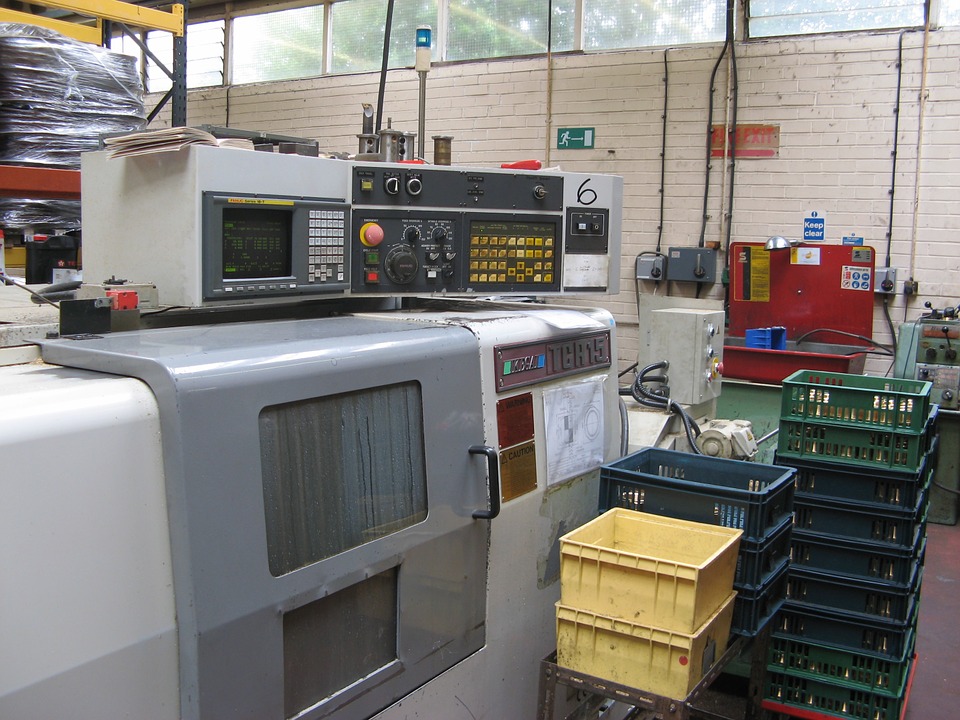As a food manufacturer, you have unique needs for your supply chain and operations. The food industry changes quickly and those working in it need to keep up with consumer trends and shifts in regulations. Utilizing an enterprise resource planning system can improve your efficiency and integrate the multiple components and divisions of your company. Having a system that can adapt to your needs is even better.
Enterprise resource planning systems are software packages that give managers and employees a full 360-degree view of their business and all its departments and operations. Cloud computing capabilities offer current and real-time information and access from remote locations. You can use an ERP system to collect, view, analyze, and use data from many sources. Monitor and adjust core business processes using common databases, and track resources, orders, sales, payroll and more.
It’s important to use software developed by trusted experts like Sage. Consultants can assist you to customize, onboard and utilize the latest business management software so it meets your specific requirements. Working with experts who are familiar with the food manufacturing business is a worthwhile consideration, as well.
How can a system like Sage ERP software help your food manufacturing operations?
Keep up with trends. Access real-time data about consumer preferences. Food trends come and go, and this is true with health food to junk food, whole vegetable juice to craft beer and wine. You need to stay on top of what’s being said on Twitter and Instagram, plus have a system that can change with the times. Take control of every seasonal shift and ride the wave (or snowy slopes) of change.
Stay regulated. Government laws, regulations, and bylaws in your location are also subject to change. Using a few clicks to adjust your system in every way needed is easier than revamping an entire bulky paper filing system.
Innovate and automate. Have a comprehensive system at your fingertips that promotes innovation, automates tasks, tracks processes, and takes full control over supply chain management. Access lot traceability and tracking of all materials, levels, and suppliers. Produce compliance documentation with ease.
Manage recipes. Ensure consistency and quality of incoming ingredients and materials for batch or continuous process recipes management. Improve production planning for plants with stricter rules that must be followed like controlling for allergens or organic ingredients. Create labels based on recipe management and supplier certificates of analysis.
Provide more services. Offer your customers programs that will empower their selling like direct store delivery and vendor-managed inventory. Provide the ability to handle many low-volume SKUs and high-volume SKUs. Carefully match packaging to its product and customer destinations and use electronic data interchange case or pallet tagging to meet food-service standards.
Grow your business. Improve efficiencies, cut wastes, and slash costs so you can invest more in growing your operations and business. Minimize production errors, recalls, and safety issues. Real-time access and reports allow staff and team leads to stay on the same page from anywhere.
The food industry continues to evolve. Keep pace with state-of-the-art software that changes with it.

Leave a Reply
You must be logged in to post a comment.